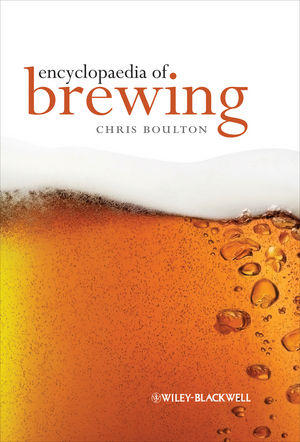How to achieve efficient run utilization
Tips to maximize product movement within a beverage warehouse

Throughout the supply chain, materials movement (logistics) is a vital and operating-cost consuming issue. This is especially true in the beverage market because once a case of a beverage is packaged, it is actually available for the consumer; however, realistically, the case is handled many times before it reaches its final destination on store shelves. There is no value added by any movement beyond being placed in storage or loaded directly for delivery.
Moving beverage cases and pallets should be efficient, productive and cost effective at each step of the process. From an operations perspective, we need to ask what actually is involved. Conveyors, automated guided vehicles, forklift trucks and more are used to transport beverage cases or pallet loads from production to storage, docks to storage, docks to docks, storage to staging, and storage to docks.
In all these movement operations, whether manual, semi-automatic or totally automated, some type of material handling equipment is employed. But how well it is utilized becomes a realistic and important cost and productivity question, which should be measured and considered. In most facilities, observations, studies and evaluations have indicated such equipment utilization measurement is possible. These measurements, thus, have provided a basis for assessing return-on-investment (ROI) or internal rate of return (IRR) for material-handling equipment.
Even in today’s high-tech facility configurations, high-bay, racked and narrow aisle tiers, lift trucks of various sizes, shapes and capabilities are the predominate equipment used to move cases and pallets from point A to point B. Historically, and after numerous years of A-to-B movement type observations, the obvious question arises: How well is the equipment being utilized, or, what is the run utilization? Is it 100 percent, 80 percent, or some level acceptable for the operating conditions under which the equipment is being used? Many of the studies and evaluations of the factors and conditions that are involved have provided significant guidelines that can assist in answering these questions.
Some also might ask, what is meant by run utilization? Examples can best describe how equipment utilization affects cost, productivity and physical movement in production, warehousing and distribution center facilities. It is important to know what to observe and evaluate. Just walk into any facility, make on-site material handling observations and the point is immediately established — the importance of non-value added handling. The situation exists in every beverage facility, and it is a true challenge for managers to recognize and reassess — “what do I see, how are we doing, and what is it costing?”
There can be many hidden costs in this type of operation.
Using the forklift truck and point-A-to-point-B examples can best illustrate basic utilization of handling equipment. A forklift loads a pallet load of cases at point A (production line discharge) and transports it to the warehouse for storage (racks or stacking) point B, then returns with no load to point A. The forklift run utilization was only 50 percent because the equipment and operator were only productive for one-half of the transport route. Both equipment and operator cost 100 percent for only 50 percent of the work. If the forklift and operator loaded cases, pallets or some other necessary item for return to point A, the run utilization could have been 100 percent. Obviously, 100 percent run utilization is not possible; however, steps can be taken and factors should be considered that will help establish what utilization levels can or should be expected throughout all areas of material movement.
Cases, pallets, production supplies and other related materials should be included in the necessary category when routing and scheduling to maximize and measure material handling utilization. There are some guidelines that can help obtain the ROI on those forklifts
First, operating conditions constantly are changing and must be used to keep utilization plans current. Second, facility size and shape must be used to determine effective length of routes and pickup/discharge points with specific materials to be transported. Third, specific criteria should be established for measuring run utilization in each operating area. This means different expected levels for measuring forklift utilization under variable operating conditions in production/warehouse, warehouse/distribution center or cross docking. Each scenario presents a different utilization situation.
Each situation exists because it was created by not considering and/or measuring equipment use. Management needs to justify expense of investment and maximizing usage. Finally, one should ask, how can the equipment utilization strategy be changed and is it important? Look at each phase of the supply chain and the material handling that takes place, the answer is amazing — measuring utilization — with no magic tools or software. BI
Looking for a reprint of this article?
From high-res PDFs to custom plaques, order your copy today!






